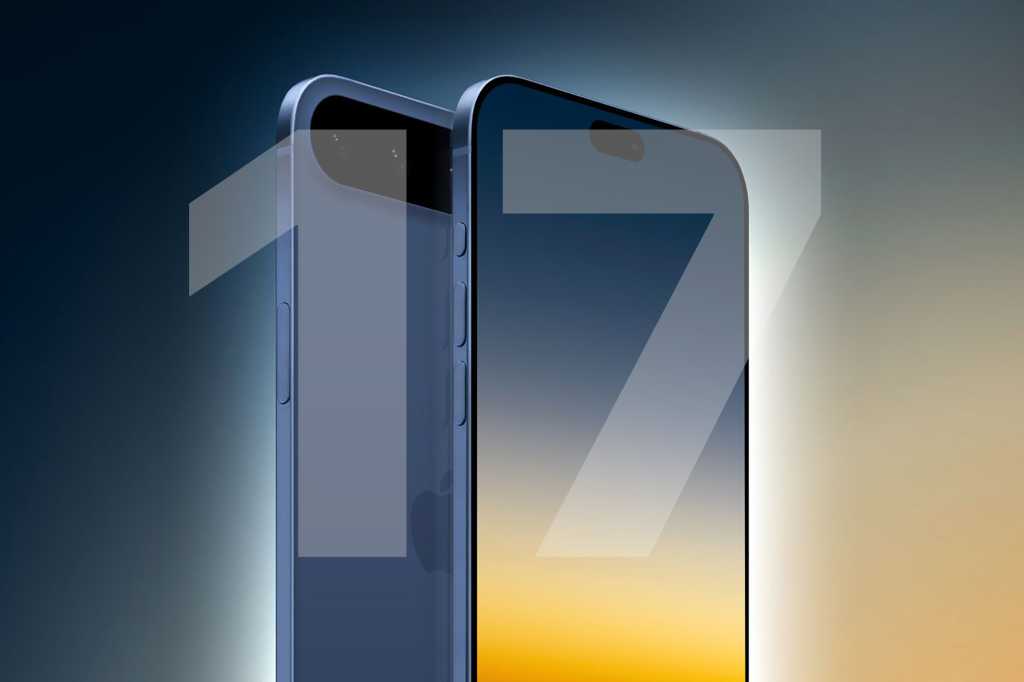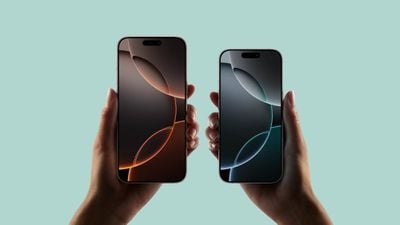
Anticipation is building for Apple’s iPhone 17 series, particularly a rumored model pushing the boundaries of design with an exceptionally thin profile. Dubbed the “iPhone 17 Air” by many (and “iPhone 17 Slim” by some analysts), this device is expected to measure a remarkable 6mm or less in thickness, a significant reduction of approximately 25% compared to the iPhone 16.
A recent report from the generally reliable source, The Information, citing multiple insiders, suggests that achieving this unprecedented slimness will require Apple to make some noteworthy trade-offs. At under 6mm, this new iPhone would surpass even the iPhone 6 (currently the slimmest iPhone at 6.9mm) as the thinnest ever.
One key change is a shift to an all-aluminum construction for the entire iPhone 17 lineup, replacing the current steel frame and aluminum body combination of the Pro models. This move, arguably beneficial, eliminates the arguably overstated advantages of titanium in iPhones. Many current iPhone 15 Pro or 16 Pro users likely wouldn’t discern the titanium construction without being explicitly informed.
To achieve the extreme thinness of the iPhone 17 Air, several other compromises are reportedly in the works:
- Audio: A single, earpiece-mounted speaker is expected, as space constraints preclude a bottom-firing speaker.
- Connectivity: Apple’s in-house 5G modem is slated for inclusion, despite reportedly being slightly less reliable than Qualcomm’s latest offering and lacking mmWave support.
- Camera: A solitary rear camera, housed within a prominent, centrally located bump, is anticipated.
- SIM Card: Integrating a physical SIM tray has proven challenging, potentially leading to an eSIM-only configuration, which could impact sales in markets like China.
Apple appears prepared to make these significant concessions to realize its vision for an ultra-thin iPhone. However, for users prioritizing a more comprehensive feature set, the standard iPhone 17 and the iPhone 17 Pro and Pro Max models will likely offer more traditional configurations.
Regarding the iPhone 17 Pro models, The Information’s report also indicates a potential shift to a hybrid design, incorporating aluminum for the top half and glass for the bottom. Furthermore, a rectangular aluminum camera bump is rumored to replace the square glass bump seen on recent iPhones. This approach bears some resemblance to Google’s Pixel design language, which initially featured a half-glass, half-aluminum construction and has since evolved to incorporate a distinctive “camera bar.”


